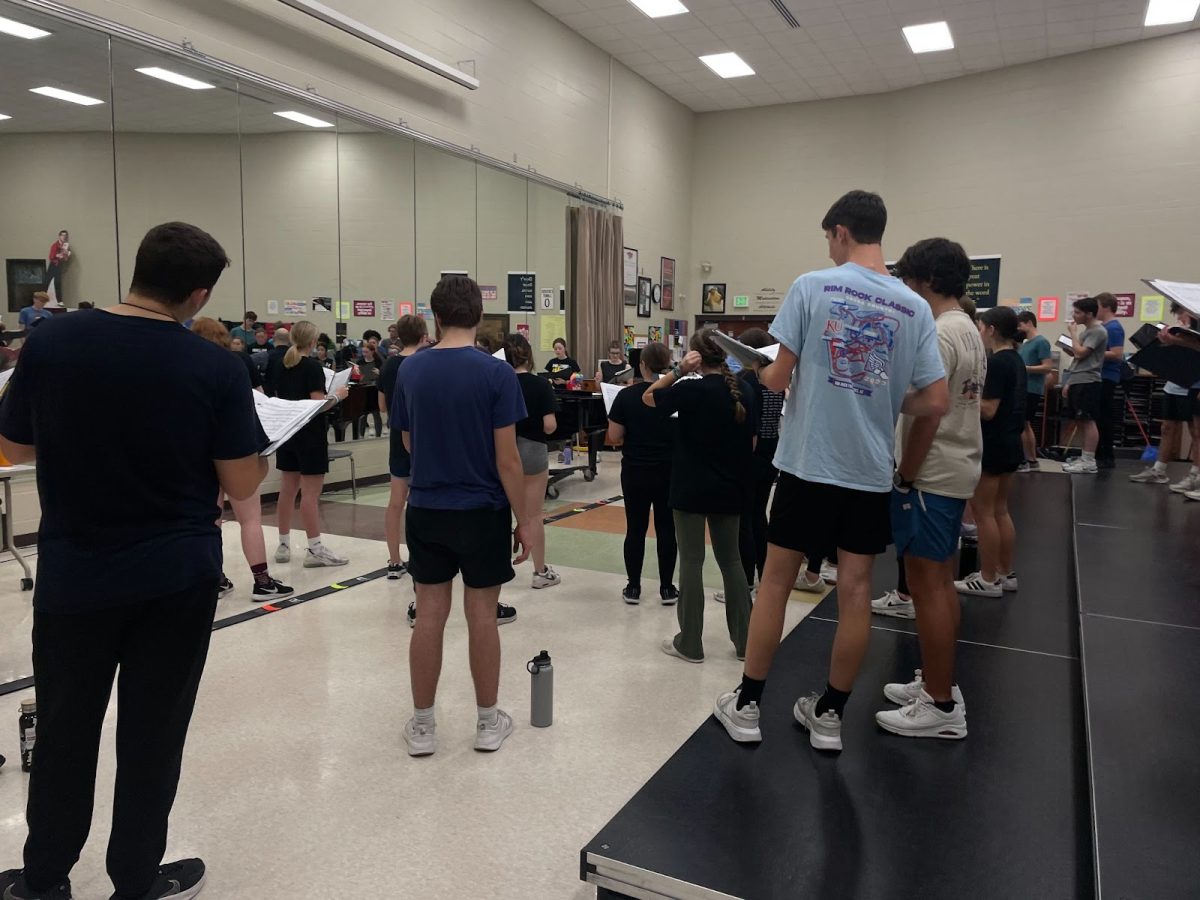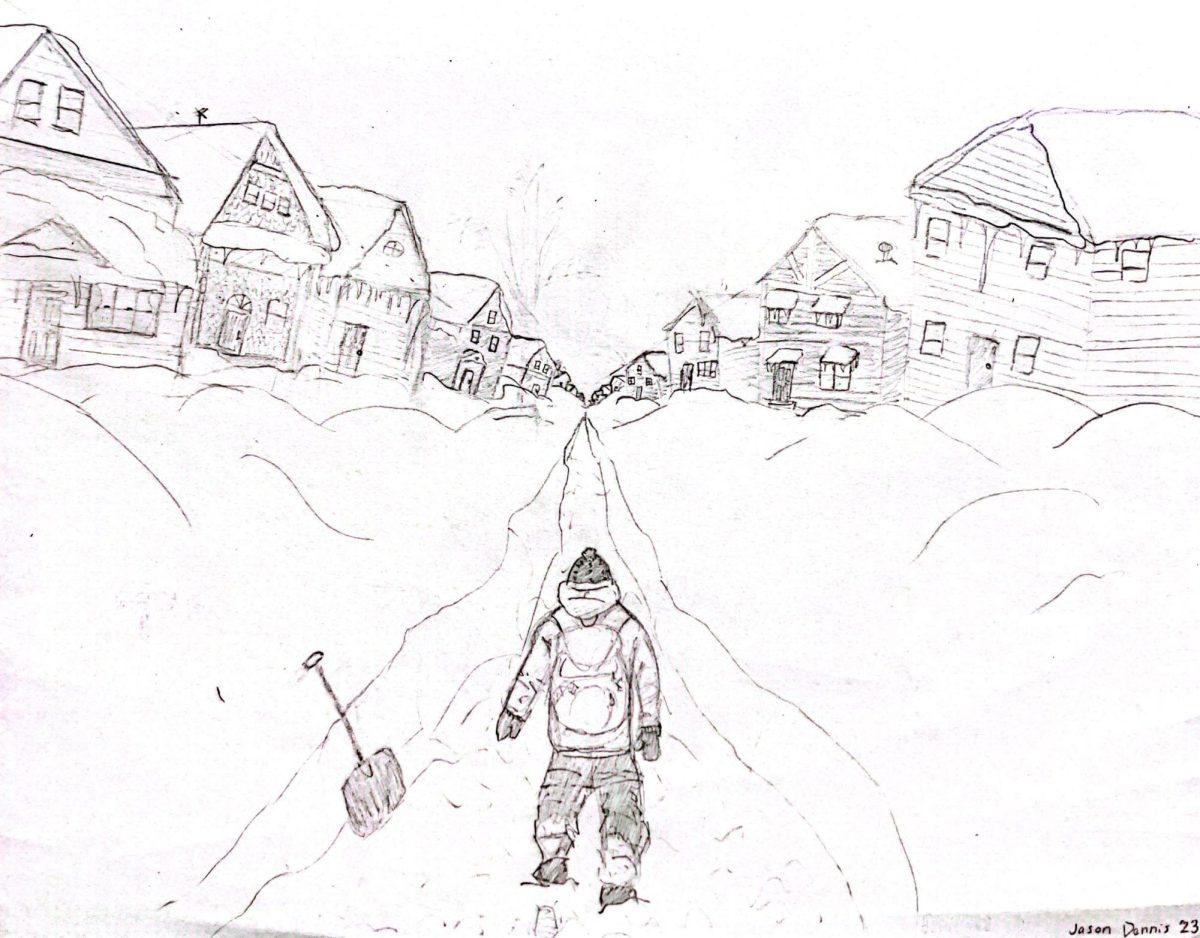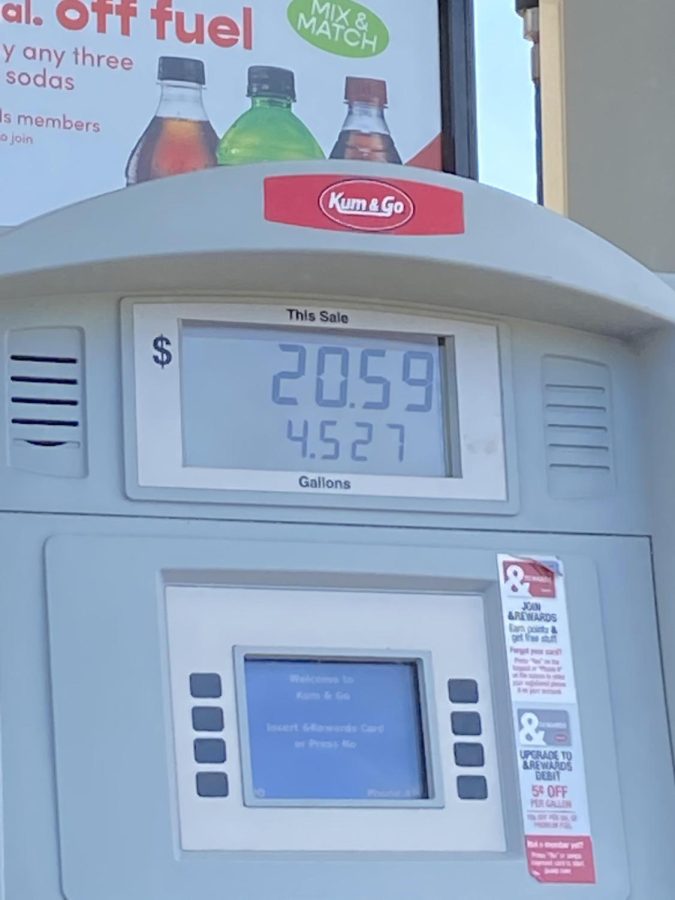OPINION: Price on the rise
As gas prices continue to rise, people begin to ask more questions while searching for answers
High prices are a common sight for many students at stations around the Des Moines metro area as well as the U.S. It takes a whole lot more to fill gas tanks right now, and the price does not seem to be plateauing.
May 19, 2022
As gas prices continue to rise, people begin to ask more questions while searching for answers.
If you have not noticed already, gas prices and inflation seem to dominate the news these days, often becoming the talk of the table and leaving most families feeling worried.
Seeing the constantly fluctuating prices can spark anger and fear in many, which at times seems reasonable and excusable.
The cause of the spike in prices does not seem to fall on one thing, but rather a multitude of different areas that affect the prices in different ways.
Covid’s Impact
Just before the global shutdown caused by COVID-19, gas production hit an all-time high, coming in at 13 million bbl (billion barrels per petroleum liquid), reports Forbes. When the pandemic finally hit the United States, it swept production down more than three million barrels, pushing it down to 9.7 million BPD (barrel per day), reports Forbes.
Another cause of the drastic spike in prices falls to the end of the line for some oil suppliers due to the COVID-19 shutdowns. A lot of these private stripper wells accounted for the U.S. oil production causing the U.S. to turn to various other countries and oil suppliers. The lack of production didn’t cause too much panic until Coronavirus cases started to drop and the U.S. started to reopen, getting back into the hustle and bustle of daily, pre-COVID-19 life.
The lack of production eventually led to a lag in the supply chain, leading to the rise in the prices of gas, whether that be in regards to barrels or gallons.
What about the president?
The drastic increase in prices led Americans to come to become curious and come to conclusions themselves, blaming whoever seems to be the most involved.
To many Americans, this person seems to be current President Biden and his administration.
Although many trigger events have happened under Biden such as the sanctions on Russia and the current inflation issues, the skyrocketing gas prices are a hand-me-down from the time of the administration before.
“So he [Biden] didn’t cause the increase, now did he take action to help drive down prices? Also his stated polices make oil companies nervous and so they are trying to hoard as much profit as possible,” social studies teacher Greg Lage said.
Near the end of the Trump administration, oil prices increased by 32 percent and along with the already troubling lack of production, this caused gas prices to steadily rise and continue rising throughout the Biden administration.
Some solutions have been brought up by the public but have been shot down by the Biden administration, such as the Keystone Pipeline, which would be beneficial to help provide more gas and reduce costs but would come with multiple environmental issues, which is a main focus for the president.
However, blaming either president is not going to solve anything or provide any closure to the question many Americans are asking, why?
Gas prices had been on the increase all over the globe. Claiming that it is an issue that affects the United States and is caused by the current administration is blatantly wrong.
The true explanation
It really falls down to basic economics. The lag in the supply chain and the inability to keep up with the demand ultimately leads to a rise in prices and an overall upset across the globe.
The United States produces and distributes more domestic gas than it uses, and the distribution of gas gets the United States involved in the constant global fluctuation of prices.
Dealing with companies and organizations that watch over oil production, like OPEC (Organization of the Petroleum Exporting Countries) is also something to look at.
“OPEC’s policies and they seem likely to continue. In fact, our relationship with the Saudi government is not good, and that makes dealing with OPEC harder,” Lage said.
Along with the policies already set in place by production companies and distributors like OPEC, the change of the season is already setting a new curve for prices, seeing as oil demand usually goes up in the summer.
A possible resolution?
A resolution to the prices is on the horizon, but there is still a little bit of time before prices get back to normal.
As the year progresses, the oil trends will follow. During the summer months demand for oil rises causing a usual increase in price during the summer, but this is followed by an increase in oil production in the fall causing prices to drop across the nation.
If the gas patterns begin to level back to normal, pre-COVID-19 patterns, there is hope prices will go down by the end of the year and hopefully into the next, but as of right now, prices will stay above $4 per gallon.









































